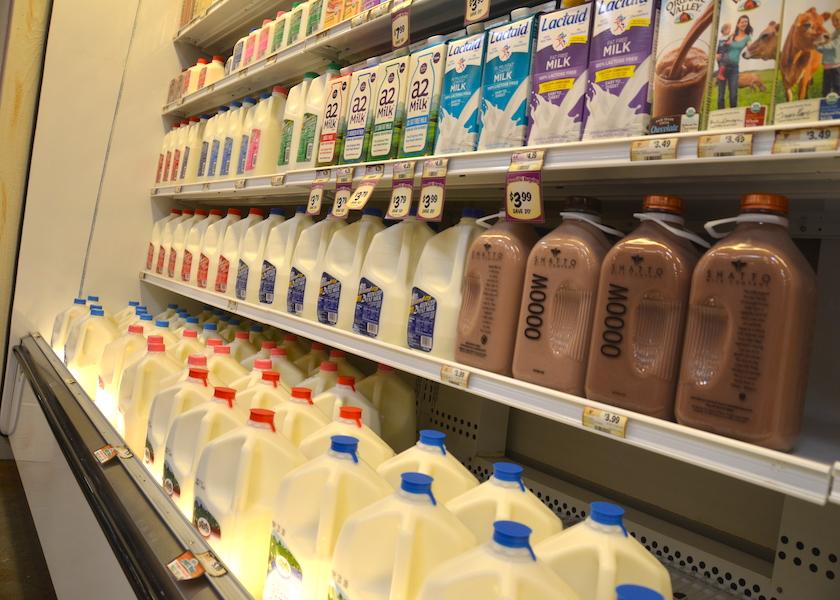November Dairy Products Report Reveals Demand Issues

This week, USDA released the Dairy Products report for November. Total cheese output was 1.10 billion pounds, 0.6% above November 2019 but 2.7% below October 2020, according to the report. Within that category, American cheese production increased 16.8 million pounds from the prior year, while other-than-American cheese production decreased 10 million pounds.
“Cheese makers continue to restrain production to keep it in alignment with the weak commercial demand. If we net out government purchases, it looks like domestic cheese demand was down 1.6% from last year in November,” explains Nate Donnay of StoneX Group. “The U.S. market remains stuck between bearish commercial fundamentals and bullish government purchases.”
Butter production increased 6.5 million pounds in the same time frame.
“Domestic commercial sales (netting out gov’t purchases) were down an estimated 3.0% from last year in November and exports for November were weaker than expected, down 15.1% from last year,” Donnay says. “To cap off the bad news, the USDA issued Section 32 solicitations for butter to be delivered in February and March and the volume is about half of what I was expecting (5.2 mil. lbs. vs. 12.5 expected).”
Nonfat dry milk (NFDM) produced for human consumption totaled 152 million pounds, up 9.2%. Skim milk powder totaled 54.4 million pounds, up 6.8%. Dry whey totaled 70.6 million pounds, down 5.9%. Lactose, both for human and animal consumption, totaled 89.8 million pounds, up 1.6%. Whey protein concentrate totaled 39.9 million pounds, down 1.9%.
According to the same USDA report, NFDM inventories in November were reported at 250.3 million pounds, up 27.7 million pounds (12.4%) from the prior year. From the previous month, stocks increased 15.1 million pounds. For perspective, the prior five-year average month-over-month change was an increase of 10.4 million pounds.
“The U.S. fundamental data this week was actually bearish for NFDM, but spot NFDM prices pushed significantly higher. U.S. NFDM stocks were 9 mil. lbs. heavier than expected and exports were almost 19 mil. lbs. lower than forecast,” Donnay says. “U.S. dry whey exports were also weaker than expected for November, but production was much weaker than forecast and down 5.9% from last year which is helping to keep prices stronger than expected.”
Dry whey inventories in November were reported at 67.3 million pounds, down 11.8 million pounds (14.9%) from the prior year. From the previous month, inventories decreased 804,000 pounds. The previous five-year average October-to -November change was an increase of 190,400 pounds.







